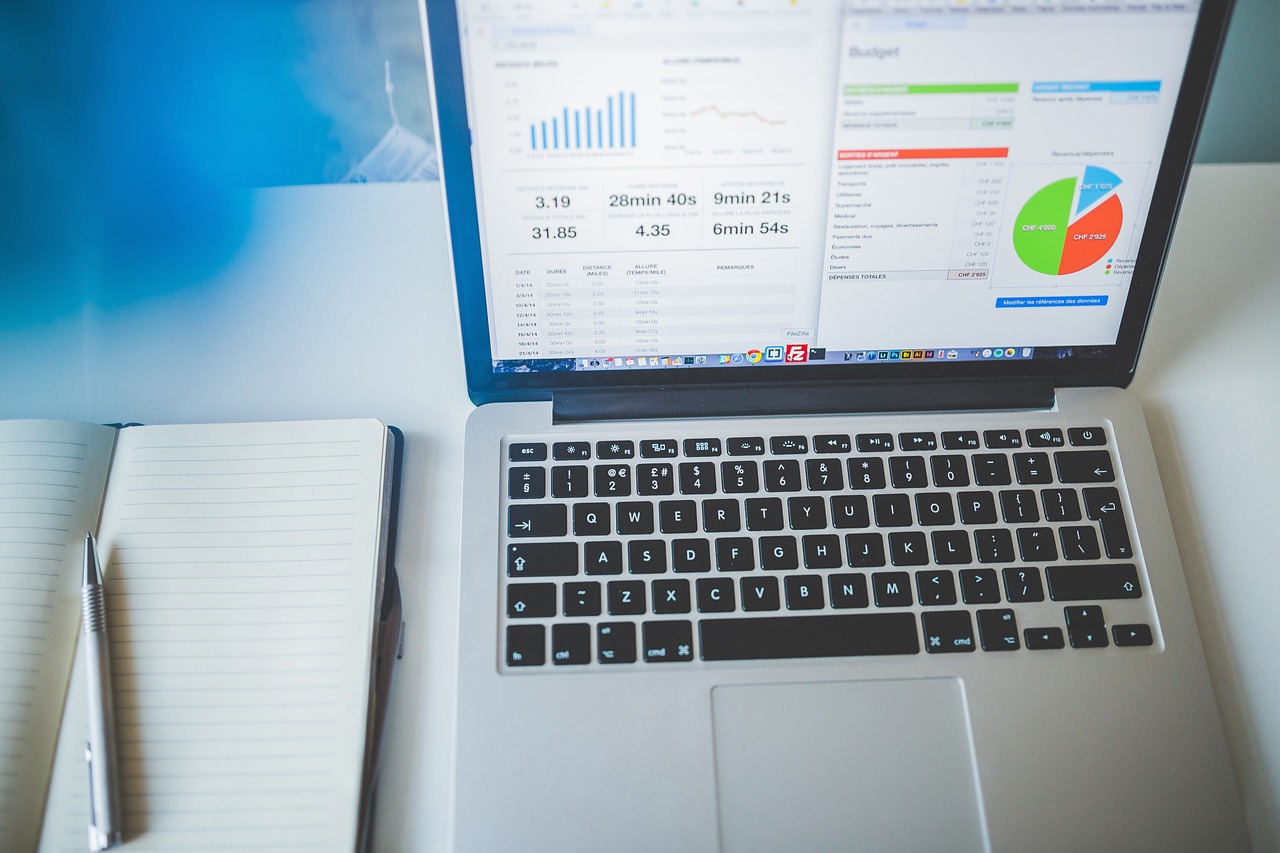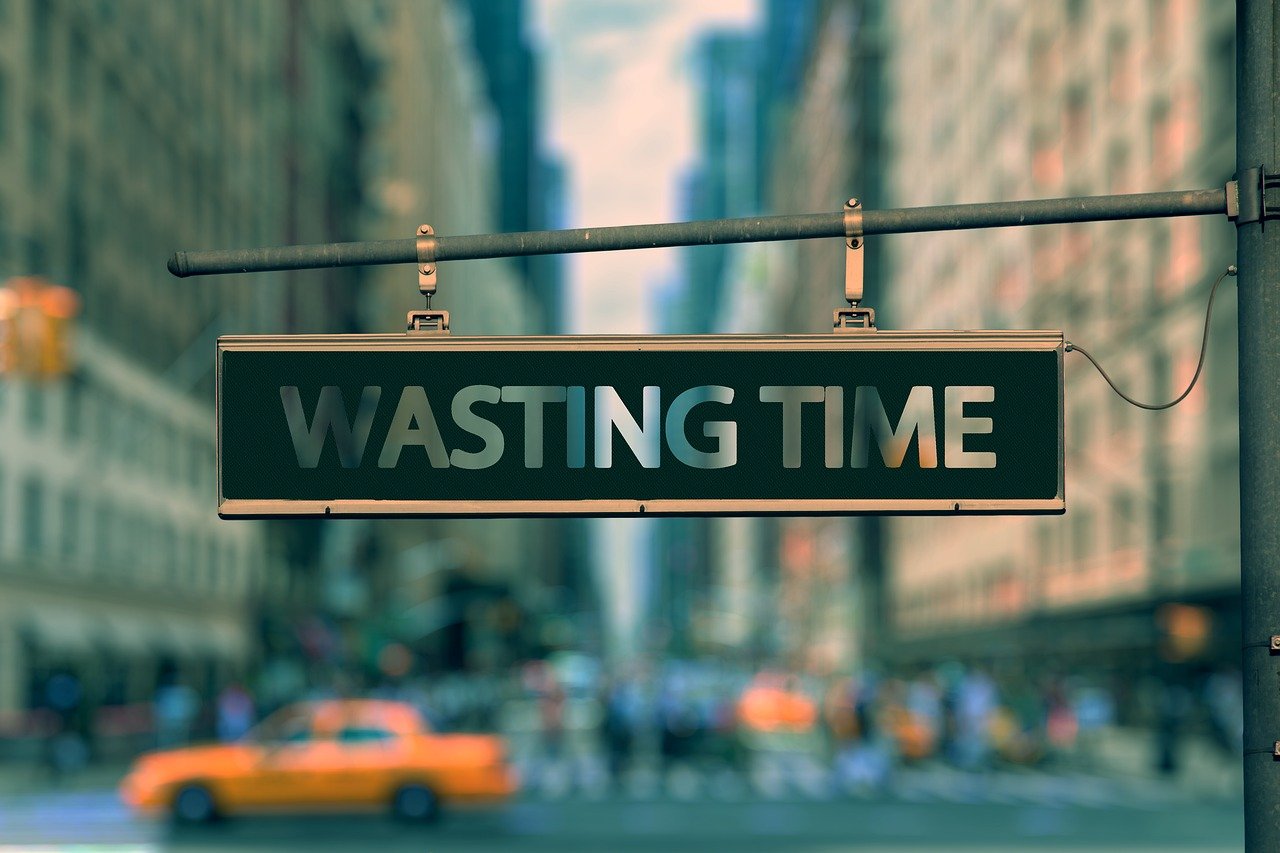In today’s fast-paced and highly competitive business environment, successful CEOs must master productivity not just as a skill but as an art form to lead effectively and maintain a strategic edge. Their daily routines and management styles often reveal a sophisticated blend of time-tested hacks and cutting-edge tools that allow them to stay focused, delegate efficiently, and prevent burnout. From leveraging advanced digital tools like Asana, Slack, and Notion to cultivating disciplined habits around meetings and task prioritization, these leaders exemplify how intentional productivity strategies can unlock extraordinary results. In this exploration, we dive into the actionable productivity hacks practiced by top CEOs, drawing on contemporary examples and technology integrations to highlight what truly works in 2025 for CEOs at the helm of thriving companies.
How Successful CEOs Use Time Management Tools to Maximize Efficiency
One common denominator among successful CEOs is their mastery of time management, often accomplished through a combination of precise calendar control and sophisticated task management platforms. Calendar apps such as Calendly and Google Workspace help CEOs streamline meeting scheduling and optimize daily agendas without the back-and-forth emails that eat into productive time.
For task and project management, CEOs heavily rely on applications like Asana, Trello, and Notion to maintain clarity on deadlines and deliverables. These tools enable CEOs and their teams to visualize workflows and prioritize what needs immediate attention versus what can be delegated or delayed. For example, a CEO at a multinational startup might use Trello boards to track product development stages, assigning team members clear responsibilities and milestones.
Besides organizing work visually, integrating tools using automation platforms like Zapier further enhances productivity. Zapier can connect popular business apps—for instance, automatically creating Trello cards from incoming emails or syncing Slack messages with relevant project folders in Dropbox. This circumvents tedious manual updates and keeps critical information flowing seamlessly.
To get a clearer picture, here’s a breakdown of how these tools and practices interplay to boost CEO efficiency:
| Tool | Primary Function | CEO Productivity Benefit |
|---|---|---|
| Calendly | Automated Meeting Scheduling | Eliminates scheduling conflicts, saves hours weekly |
| Google Workspace | Email, Calendar, Docs | Centralizes communication and documentation |
| Asana/Trello | Project & Task Management | Enables clear task prioritization and delegation |
| Notion | Workspace & Knowledge Base | Stores company strategies and meeting notes systematically |
| Zapier | Workflow Automation | Automates repetitive tasks between apps |
These platforms form a core productivity ecosystem that reduces cognitive load and allows CEOs to concentrate on decision-making and visionary thinking. Incorporating apps like RescueTime also helps track how much time is spent on tasks, enabling CEOs to identify productivity leaks and realign their focus accordingly.
Implementing Focused Work Blocks and Meeting Strategies for High Productivity
Beyond leveraging technology, many successful CEOs employ strategic techniques to curb distractions and drive deep focus throughout their workday. One hallmark practice is the adoption of focused work blocks—designated periods free from interruptions, during which a CEO tackles high-impact tasks.
This technique often means scheduling fewer but more meaningful meetings. Instead of a cluttered calendar filled with back-to-back calls, CEOs allocate specific hours for meetings and reserve others exclusively for uninterrupted work. Tools like Slack facilitate asynchronous communication, reducing unnecessary meetings and allowing CEOs to respond on their own schedule.
Moreover, CEOs encourage concise meeting formats with clear agendas and strict time limits to ensure efficiency. Some have pioneered “No Meeting Days” to safeguard critical thinking time. For example, a CEO at a tech company might block Wednesday afternoons to focus on strategic planning without disruption.
Focused work blocks not only heighten productivity but also improve work quality by minimizing cognitive switching costs. Here’s a list of the most effective meeting and distraction management hacks used by CEOs:
- Adopting the Pomodoro Technique with 25-minute focus intervals
- Setting strict meeting time limits to 30 minutes or less
- Using Slack status updates to signal “Do Not Disturb” periods
- Designating specific days as meeting-free for deep work
- Regularly reviewing and pruning unnecessary recurring meetings
Companies embracing such strategies often see significant improvements in employee motivation and clarity—key aspects to sustaining productivity during uncertain times, as discussed on motivation for remote teams. This focus-driven approach dovetails seamlessly with task management apps like Asana and Notion, where tasks are scheduled in tandem with these dedicated work intervals.
| Strategy | Description | Productivity Impact |
|---|---|---|
| Focused Work Blocks | Uninterrupted periods reserved for task completion | Increases concentration & reduces task-switching |
| Meeting Time Limits | Agendas with strict time constraints | Shortens meetings, enhancing decision speed |
| Slack “Do Not Disturb” Mode | Status indicating unavailability for messaging | Minimizes digital distractions |
| No Meeting Days | Days cleared of all meetings for deep focus | Facilitates long-term strategic thinking |
| Recurring Meeting Audits | Regular review of meeting necessity | Eliminates non-essential gatherings |
Delegation Mastery: How Top CEOs Optimize Team Strengths to Boost Productivity
Delegation is a defining skill for successful CEOs. Rather than being caught in micromanagement traps, top executives allocate responsibilities strategically to maximize team effectiveness. This often requires both a clear understanding of individual team members’ strengths and utilizing platforms like Slack and Asana for transparent communication and task tracking.
For example, a CEO might hold weekly tactical meetings to review progress and redistribute workloads dynamically. Using Dropbox as a central repository for shared resources ensures teams have instant access to needed files, speeding up collaboration cycles.
Delegation efficiency is amplified with tools like Notion, where project documentation, role assignments, and deadlines reside, making accountability transparent. In addition, some CEOs integrate automation through Zapier to delegate recurring administrative tasks to digital workflows.
Here’s a compilation of delegation hacks widely adopted by CEOs to elevate productivity:
- Identifying high-impact tasks to retain personally and delegating lower-impact work
- Assigning tasks aligned with employees’ unique skills and career goals
- Using real-time collaboration tools to maintain task visibility and accountability
- Establishing clear deadlines and follow-ups via platforms such as Trello or Asana
- Empowering team members through trust and minimal interference
Delegation is not only about offloading work but also strategically growing leadership within teams, thus creating a multiplier effect on overall productivity. Leaders interested in deepening their delegation strategies might also explore how effective business partnerships contribute to organizational success on successful partnerships insights.
| Delegation Aspect | Best Practice | Productivity Benefit |
|---|---|---|
| Task Selection | Retain critical tasks, delegate routine | Frees CEO time for strategic priorities |
| Right Person, Right Task | Match assignments with skills/interests | Boosts engagement and quality output |
| Transparent Communication | Use shared platforms for clarity | Reduces misunderstandings |
| Deadline Management | Set clear due dates with task tools | Ensures timely delivery |
| Empowerment | Encourage autonomy and trust | Enhances team confidence and initiative |
Building Sustainable Energy and Focus Through Wellness and Environment Hacks
High productivity extends beyond task management and delegation; it encompasses holistic wellness and sustaining energy over long periods. Many CEOs deliberately optimize their physical and digital environments to boost mental agility and stamina.
They might schedule regular physical exercise, often first thing in the morning, to stimulate brain function and reduce stress. Some even adopt mindfulness and meditation sessions during the day to recalibrate focus. Using apps like Evernote allows them to capture spontaneous ideas that surface during these moments.
Environmental factors are also critical. CEOs often insist on a clutter-free workspace with natural light to promote calm and concentration. Digital decluttering tools and disciplined use of software notifications decrease cognitive overload.
In 2025, successful leaders understand that maintaining work-life balance is a cornerstone of sustained productivity, as highlighted in strategies for entrepreneurs balancing life and work. They also champion employee retention since a motivated workforce reduces friction that can leak time and energy, discussed at length in employee retention’s role in growth.
- Implementing morning routines with exercise and meditation
- Optimizing the physical workspace for ergonomics and minimal distractions
- Using Evernote or Notion for spontaneous idea capture and mental unloading
- Reducing digital noise by managing app notifications rigorously
- Taking intentional breaks to reset and prevent burnout
| Wellness Hack | Description | Impact on Productivity |
|---|---|---|
| Morning Exercise & Meditation | Physical activity and mindfulness practice before work | Enhances focus, clarity, and stress resilience |
| Workspace Optimization | Clutter-free, well-lit environment | Improves concentration and mood |
| Idea Capture Tools | Evernote and Notion for organizing thoughts | Prevents idea loss and clears mental load |
| Notification Management | Selective app alerts and quiet modes | Reduces distractions and stress |
| Scheduled Breaks | Regular pauses for rest and recharge | Prevents burnout and sustains energy |
Leveraging Automation and Analytics for Continuous Productivity Improvement
To stay ahead in productivity, many CEOs rely on automation and data analytics. Platforms like Zapier automate repetitive processes such as data entry, email responses, and report generation, freeing up valuable time for higher-level work. Meanwhile, analytics tools embedded in software suites or standalone apps provide insights to refine workflows and identify bottlenecks.
For example, CEOs might use RescueTime to monitor time distribution across projects, spotting inefficiencies and adjusting focus areas accordingly. Integrating these insights with project management tools allows for real-time strategy shifts.
Automation also extends to customer relationship management and finance operations, where CEOs deploy automated alerts and dashboards, ensuring they remain informed without the need for manual checks. Digital document storage solutions like Dropbox facilitate quick access and secure sharing of important files, enhancing decision-making speed.
In this era, harnessing technology’s power to analyze and optimize daily routines is essential. CEOs tapping into this symbiosis of automation and analytics can sustainably boost productivity and foster innovation, even amid crises. Approaches to crisis management that build on these modern productivity methods are explored at successful crisis management strategies.
- Automating routine administrative tasks via Zapier
- Using RescueTime to track and analyze work habits
- Leveraging Dropbox for centralized, secure document storage
- Integrating analytics into project management for informed decisions
- Deploying automated alerts for operational monitoring
| Automation & Analytics Tool | Function | CEO Productivity Advantage |
|---|---|---|
| Zapier | Workflow automation across apps | Saves time, reduces manual errors |
| RescueTime | Time tracking and productivity analytics | Identifies productivity drains for optimization |
| Dropbox | Cloud storage and sharing | Ensures data accessibility and collaboration |
| Google Workspace Analytics | Operational insights and reporting | Enables data-driven decision-making |
| Automated Alerts | Real-time notifications for key metrics | Maintains CEO’s situational awareness |
Frequently Asked Questions About CEO Productivity Strategies
- How do CEOs prioritize tasks effectively?
Successful CEOs often use Eisenhower’s Matrix or similar frameworks combined with task management tools like Asana or Trello to identify urgent versus important tasks, ensuring they focus on activities driving the most impact. - What is the role of delegation in a CEO’s productivity?
Delegation allows CEOs to offload lower-impact activities to trusted team members, allowing them to spend time on strategic leadership and long-term vision while empowering their teams. - Can productivity apps really make a difference for CEOs?
Yes, integrating apps such as Slack, Calendly, and Notion helps CEOs automate scheduling, improve team communication, and maintain organized project workflows, substantially increasing efficiency. - How important is work-life balance for sustainable productivity?
Maintaining a healthy work-life balance is critical as it prevents burnout, improves mental clarity, and ensures CEOs can lead effectively over the long haul. Many CEOs use routines that emphasize physical and mental wellness. - What automation strategies do CEOs leverage?
CEOs use automation tools like Zapier to handle repetitive tasks and analytics tools like RescueTime to continuously monitor and refine their productivity patterns.

